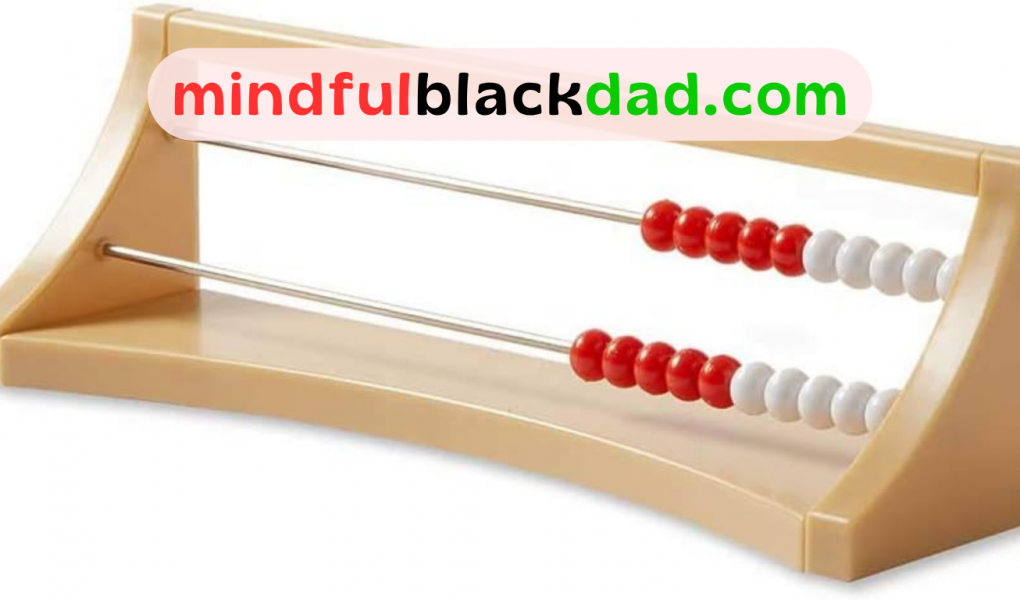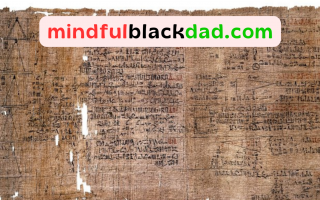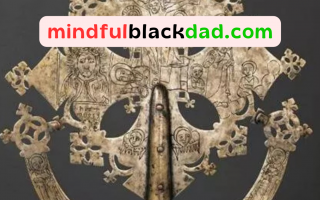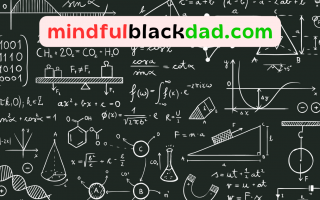The Importance of Number Bonds
One of the foundational mathematical skills is partitioning or breaking down quantities into smaller chunks. This is called number bonds – how two or more quantities can combine to make larger quantities.
In the base ten or decimal system, we primarily chunk quantities into tens. Children need to learn all of the different ways you can break down the number ten. E.g. 6 and 4, 7 and 3, 1 and 9, 8 and 2 and so on. Once they reach a level of fluency with these facts, they have a strong foundation on which to build their skill in addition and subtraction.
What are Rekenreks?
Enter rekenreks! Rekenrek is a Dutch word meaning counting rack. The typical rekenrek has two rows of beads, and each row has five red beads and five white beads. By giving visual and concrete representations of 10, rekenreks are excellent tools for building fluency in number bonds to 10. Here are a few ways I use them:
- Hold up the rekenrek and ask the child questions like “how many beads on the top rack?“
- Slide five beads to the left and show the child. Ask them “how many beads on the left?… and how many on the right?” Ask the child to complete the number sentence “so five and five make….?”
- Ask the child to slide across three beads on the top rack to the left. Ask “how many beads are on the right?” Then follow up with “so the whole is __ one part is ___ and the other part is ___“
- As the child builds up confidence, you can get them to write number sentences to describe what they see on the rekenrek
- And I often give my child the rekenrek to help them calculate operations
You can order a rekenrek on Amazon here. I’m an Amazon Associate so I earn from qualifying purchases. Using the link costs you no extra, but will help support my work. For more in depth guidance on using rekenreks, check out the videos below:
Videos on Rekenreks
Problem Solving with the Rekenrek (by Nicki Newton)
Using an abacus-like rekenreks to help children develop confidence and fluency (NCETM)
Here are some more in-depth videos discussing ways we can use Rekenreks
Mastering Number at KS1 and Reception (NCETM)
The following presentation from the National Council for Excellence in Teaching Mathematics (NCETM) goes into detail on the crucial importance of this type of number sense.
The Rekenrek – Learning to Think Mathematically (by Sussex Maths Hub)
Top 5 Rekenrek Activities
Thinking Mathematically with Rekenreks
The Math Learning Center has a comprehensive guide to using rekenreks to build children’s maths minds. And it’s completely free! https://www.mathlearningcenter.org/sites/default/files/pdfs/LTM_Rekenrek.pdf.





[…] We don’t need to buy anything for subitising – we just need objects, any objects. As children get a bit more advanced and can start forming larger numbers, the rekenrek is a tool I recommend. You can find out more about this here. […]